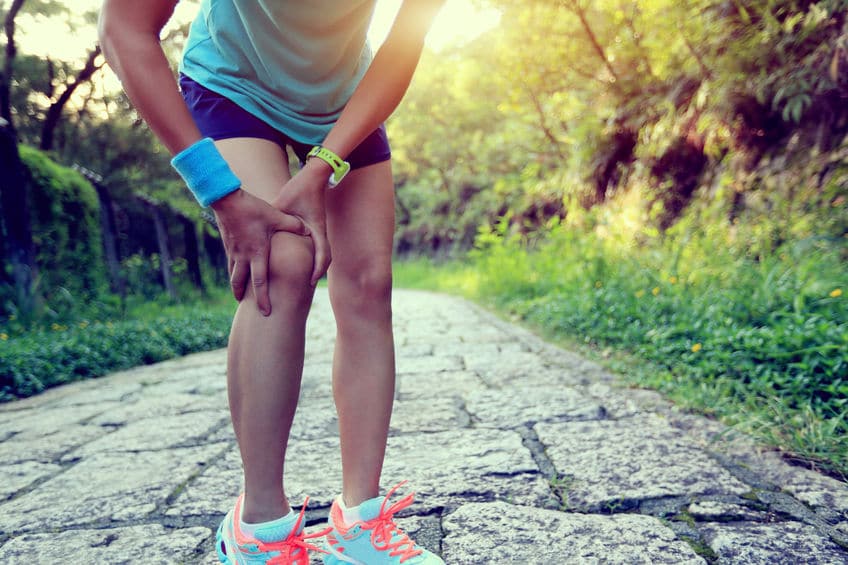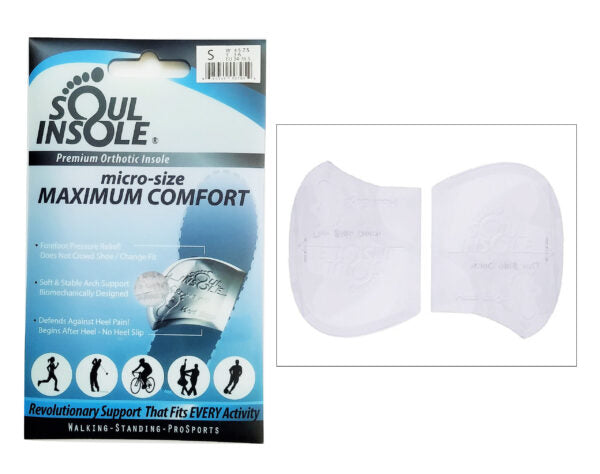
SYMPTOMS, CAUSES, PREVENTION, AND TREATMENT – EVERYTHING YOU NEED TO KNOW ABOUT PATELLOFEMORAL PAIN SYNDROME (RUNNER’S KNEE)
Patellofemoral, popularly known as “Runner’s Knee” describes a number of knee-related conditions, particularly those that cause severe pains around the individual’s kneecap or the patella. These conditions range from iliotibial band syndrome and chondromalacia patella to patellofemoral malalignment, and anterior knee pain syndrome.
Just as you may have guessed from its alias (Runner’s Knee), the condition is predominantly caused by (but not limited to) running. It can, in fact, be caused by any series of activity that perpetually stresses the knee joint such as biking, walking, cycling, skiing, jumping and soccer playing, just to name a few.
Medical experts have also reported that runner’s knee is more rampant among women than in men, particularly middle-aged women. Persons who are overweight may also be at a high risk of suffering from knee-related conditions.
SYMPTOMS
One of the most characteristic symptoms of runner’s knee is a nagging, pain around the knee, and in some cases, behind the kneecap, especially where it intercepts with the lower end of the femur or thighbone.
Excruciating pain may be felt when carrying out any of the following activities:
Climbing (or descending) the stairs
Kneeling
Running
Sitting down (or standing up)
Sitting for an extended period of time with bent knee
Squatting
Walking
Depending on the severity, other symptoms may include visible swelling and grinding sensations in the knee.
Iliotibial band syndrome can be easily detected by the severe and ‘pinching’ pains that are often felt outside the knee. This is particularly so because the point where the pain is most felt is in the region where the iliotibial band (from the hip) connects the vital bones in the lower leg.
CAUSES
The runner’s knee syndrome is usually triggered by an irritation of the knee’s soft tissue lining as a result of strained tendons, worn out tissues or torn cartilage.
Additionally, any of the under listed situations (or conditions) may trigger, contribute or aggravate an existing runner’s knee syndrome:
- Arthritis
- Dislocation of the Kneecap – Partial or complete
- Flat Feet
- Inadequate poor warm-up before Exercise
- Kneecap misalignment
- Overuse
- Kneecap trauma
- Weak or tight thigh muscles
- Fractured kneecap
- Plica or synovial plica syndrome (inflammation and thickening of the knee joint lining)
- Referred pain (begins at the back or hip region, then transmitted to the knee)
DIAGNOSIS
Even with the presence of any of the aforementioned symptoms, it may be inappropriate to jump into any conclusions or self-medication.
The condition must be diagnosed by your doctor who will check your medical history, and carry out all necessary physical examinations, including x-ray, blood test, CT scan, and (or) MRI scan – to confirm the condition.
TREATMENT
In most cases, the treatment is tailored to correct the underlying cause, and, can be successfully carried out – without the need to undergo surgery. Your doctor might place you on a “RICE” therapy to check how your muscles respond to the treatment.
R – Rest: Minimize or completely avoid repetitive stress around the knee region
I – Ice: Apply ice for up to 30 minutes; to reduce the inflammation. Also, avoid any activity or external conditions that heats up the knee
C – Compression: Apply a (fairly) tight bandage to the knee to restrict the swelling
E – Elevation: From a sitting or lying-down position, put a pillow under your knee to avoid further swelling. In the case of severe pain or significant inflammation (swelling), you may want to consider keeping your foot elevated above your knee level, and the knee, (preferably in a lying down position) above the level of your chest (heart).
If required, over-the-counter anti-inflammatory (nonsteroidal) medications such as Acetaminophen, Naproxen, Aspirin, and Ibuprofen would help with pain-relieves.
It would be a smart idea to talk to your physician (or doctor) before you take any of these medicines, particularly if you are taking other prescription medications. Or if you have any previous history of other health conditions.
If RICE works for you, and the swelling (and pain)subsides, your doctor may recommend physical therapy or certain exercises to help restore your knee’s range of motion and full strength. Depending on the severity of your condition, the knee may be taped, you may need to wear shoe inserts (orthotics) or you may be given a brace for additional support and relief.
In extreme cases where the cartilage is confirmed damaged or your kneecap is misaligned, surgery may be strongly recommended.
PREVENTION
In order to prevent the occurrence of runner’s knee condition Orthopedic Surgeons generally recommend the following:
– Practice a healthy lifestyle
Ensure that your overall well-being and health conditioning are in great shape. Discussing a feasible weight loss plan your doctor may be considering if you are overweight.
– Practice warm-up stretch exercise
Endeavor to do a 5 to 10-minute warmup and stretching exercises before your routine running exercises or any activity that engages the knee. Ask your physical therapist to educate you on recommended exercises that can increase your knee’s flexibility and minimize or eliminate any possible knee irritation.
– Physical exercises or training should never be increased abruptly
When necessary, make incremental changes to your workout; progressively, over time.
– Pay adequate attention to your shoes especially your running shoes
Do your best to wear quality shoes that are comfortable, fit properly and have good shock absorption. Avoid running in worn-out shoes.
–Orthotics are highly recommended
Adding a pair of orthotics to your shoes can improve foot alignment, reduce pressure, increase shock absorption
– Learn proper running form
Maintain a tight and balanced stance that keeps your knee relaxed (slightly bent) – not leaning too far forward or backward. Running on a smooth (soft) surface is safer than a hard one or concrete, and zigzag patterns down a steep incline, instead of running in a straight line.
CONCLUSION
So, there you have it! All the basic information that you need to know about Patellofemoral (runner’s knee), as well as simple tips to help keep your knees healthy. Stay fit!




